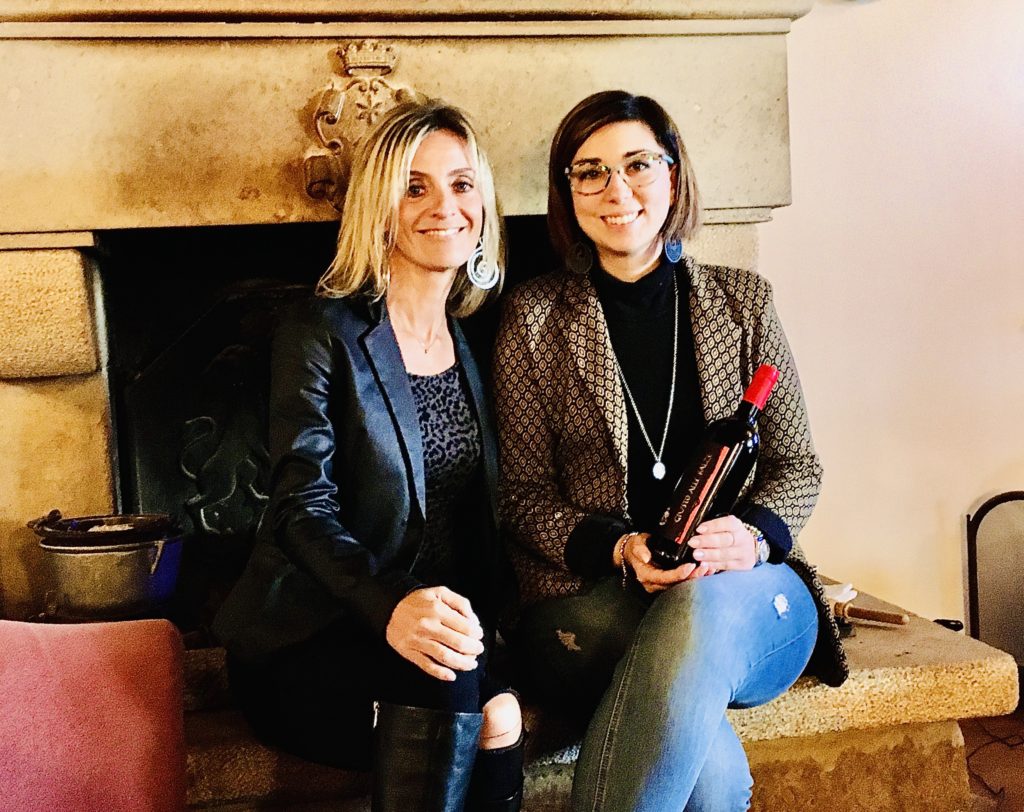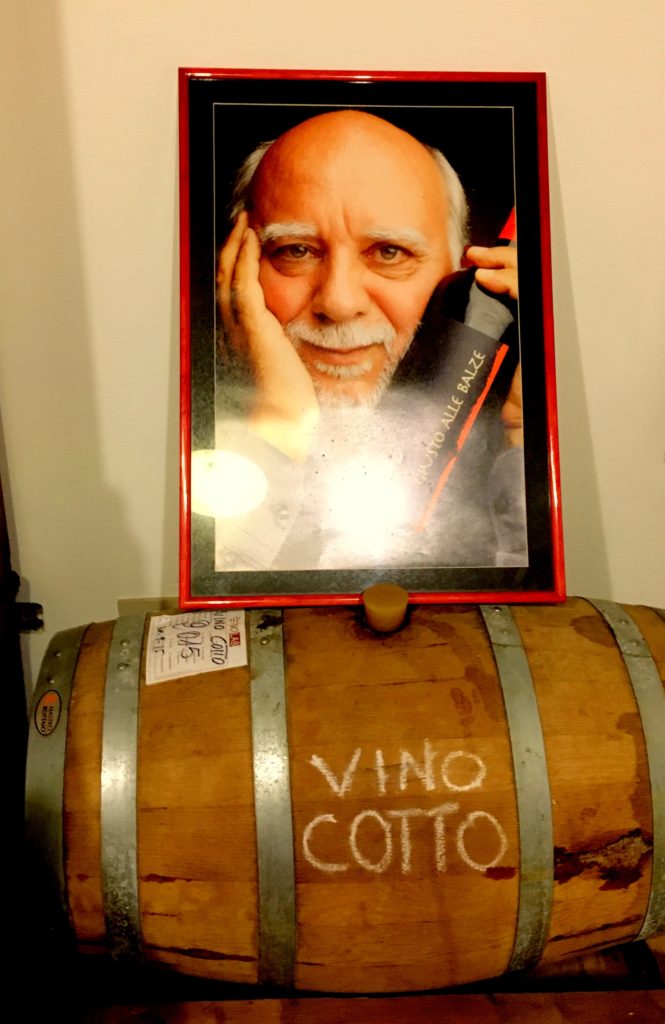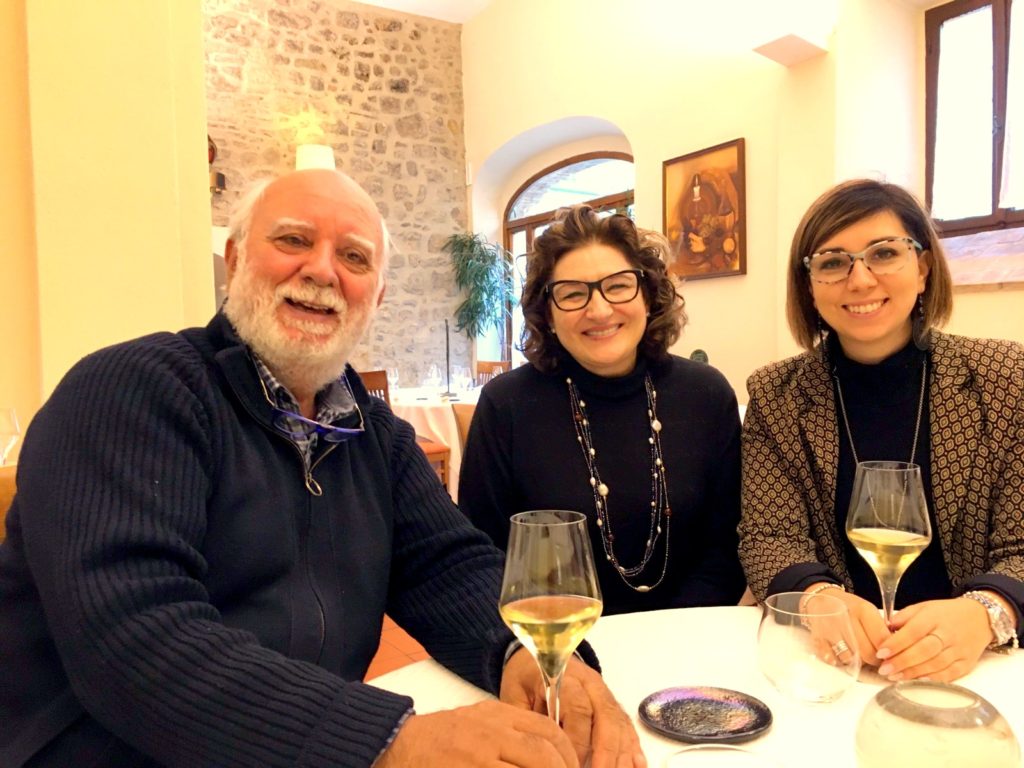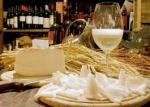“Accept what life offers you and try to drink from every cup. All wines should be tasted; some should only be sipped, but with others, drink the whole bottle.”
‘Podere Marcampo winery‘ , Volterra, Tuscany
Six years ago two things happened to change my life. First of all, I fell in love with Tuscany , and then I became a sommelier. These were the starting points allowing me to discover the hidden delights of the wine of Pisa . Its area is a charming sun kissed land, stretching from the hills to the sea, blessed by God, as beautiful as unexpected!
Wine runs deep in the veins of Tuscany, being woven into the cultural identity of this central Italian paradise. The wines of Pisa are synonymous with excellence thanks to the efforts of many skilled professionals.
Follow me reading my post about ‘Podere Marcampo winery’ , which is one of the most rappresentative wine enterprise in Pisa. You’ll discover hidden treasure in the hills of Pisa.
‘Podere Marcampo Winery’ , the jewellery of the hills of Pisa
‘Podere Marcampo winery’ is one of the most important wine business in the hills of Pisa. ‘The hills of Pisa’ is not only a ‘DOC label’ , but also a ‘wine road’ , playing an increasingly important role in wine production in Tuscany . It’s on the rise only recently , starting to get the recognition that is deserves.
‘The hills of Pisa’ meanders through the hills of the valley of the Era River and the lower part of the Arno Valley crossing a territory with traditions dating back to the time of the Etruscans.
‘Podere Marcampo winery’ is green!
If you head towards this entrancing place you will be greeted by an environment almost untouched by modernity . It ranges from picturesque scenery of mesmerising color set amongst the trees to places, where wine and oil are still cultivated and produced in the traditional way.
‘Podere Marcampo winery’ is an organic biodynamic wine estate which reflects all the beauty and wine production potential of the ‘the hills of Pisa’

Claudia del Duca, the woman of the wine at ‘Podere Marcampo winery’
In February the first time I sipped the elegant wines of ‘Podere Marcampo winery’ at ‘Terre di Toscana’. This was a wine exhibition , which took place at the ‘Luna Hotel’ in Viarreggio. Claudia Del Duca, the owner of ‘Podere Marcampo winery’, invited me to visit her estate in Volterra.
Claudia was very friendly and professional . What impressed me the most about her was her dedication to her work , and her love for wine, which she shared with her parents Genuino and Ivana del Duca.
A wonderful experience at ‘Podere Marcampo winery’
So, I arrived at ‘Podere Marcampo winery’ on a rainy day in late November in ‘Podere Marcampo winery’ . It’ s a family farm business, which is surrounded by lush and verdant countryside. It produces both excellent and also rare red and white wines, extra virgin olive oil and grappa.
Claudia welcomed me with a big smile. Looking at this scene where sky and sea converge at the Tuscan horizon in an endless embrace, I felt overcome with emotion. We sat down in a small patio near the front of a private residence, where we talked about the history of the whole family .

Genuino del Duca, the man of the wine at ‘Podere Marcampo Winery‘
Claudia explained that ‘Podere Marcampo winery’ was born in 1971 , when her father Genuino del Duca , having been promoted at work as a policeman, had moved from Abruzzo to Volterra . Then he came up with the idea of transforming his passion for food and wine into a full time job.
Actually, Genuino del Duca wanted to create a new career in food and wine, so that he could resign from his day to day work as a policeman, and worked hard to make this dream come true! In the beginning it was not easy. Though having climbed through the ranks at work , in 2001 he was able to open a small inn in Saline, a small town near Volterra.
The history of ‘Podere Marcampo winery’
By 2003 Genuino del Duca had earned enough money to open ‘Enoteca del Duca’, which is an exclusive restaurant in the center of Volterra. In 2005 he managed to buy ‘Marcampo’ a historic homestead, which had been abandoned though captured his heart as well as sparking his imagination.
Genuino del Duca restored ‘Marcampo’ shortly afterwards transforming it into what ‘Podere Marcampo winery’ is today! That is an extraordinary holiday home , as well as a farm and winery, which is surrounded by 4 hectares of land. Here he takes care of his best local grapes:
Genuino del Duca and his passion for wine
Genuino had to work hard to make his land suitable for wine growing because of the original salt and clay content of the soil. He had to plant the best rootstocks with roots to a maximum depth of 1 meter and did a lot for being successful.
Today, ‘Podere Marcampo winery’ is a real gem situated within a national park known as ‘Le Balze’, which is a magical place where visitors can slow down and unwind. At ‘Podere Marcampo winery’ there are:
- an outdoor swimming pool;
- a sunlit terrace;
- vineyards;
- gardens;
- olives tree
A tour at ‘Podere Marcampo Winery’
After a short walk through the vineyards Claudia explained the winemaking process starting with the working of the land to the bottling in the wine cellar and this for me was the best part of the tour.
In the tasting room I sampled high quality wines paired with homemade cured meats and local cheeses. ‘Podere Marcampo winery’ is completely hand worked by Genuino and Claudia and is organic, completely free of any pesticides.
A couple of million years ago this area lay at the bottom of the sea . That’s why the soil is rich in fossil shells , and is characterised by a particular geology of sand, silt, clay and limestone . They have been stable for centuries giving a complexity, structure and minerality to these well balanced wines.
The wines of ‘Podere Marcampo winery’
These are the best award winning labels I tasted:
• ‘Terrablu’: It’s a white wine made from Vermentino and Malvasia . The grapes are first processed by the modern technique of maceration in order to preserve all the aromas of the variety . There are four months of fermentation in temperature controlled stainless steel tanks. On the palate there are notes of lime, almond, green apple and white florals , with a unique sense of refreshing acidity, its charm being in its delicate, briny nose and long, fresh palate;
• ‘Giusto alle Balze’: It’s a red wine made from 100% Merlot. It’s vinified in stainless steel vats, then aged in oak barrels for 12 months. It’s left to settle for another 6 months before bottling. It is my favourite wine , because of its soft and sensual texture and approachable style. This wine has won the silver medal at ‘Mondial du Merlot’ in Lugano and the ‘Concours Mondial Merlot’ in Brussels;
• ‘Severus’: It’s a red wine made from a selection of 100% Sangiovese. It’ s vinified in stainless steel vats then aged in oak barrels for 12 months. This wine is left to settle for another 12 months before bottling. Tasting of clove spice and cherries , it’s also savoury, providing a wide range of tastes from the very earthy and rustic to the rounded and red fruit;
• ‘Marcampo’: It’s a red wine made from 50% Sangiovese and 50% Merlot. These two varieties are vinified separately in stainless steel vats and blended after 12 months in oak barrels. The wine is left to settle for another 6 months before being bottled. It is a powerful combination of the sweet, juicy, fruit flavours of Merlot, and the rustic, sour-cherry tang of Sangiovese;
• ‘Genuino’: It’s a red wine made from 80% Sangiovese and 20% Merlot. These two varieties are vinified separately in stainless steel vats and then blended and bottled after 10 months. It’s a medium bodied moderately tannic wine , with a lovely cherry flavour, which impresses with its ruby red, vinous though also fruity and floral, dry and firm taste.
From the start Genuino and Claudia make wines just as they envisage them. Their winemaking takes its course, the grapes being gently guided through a gentle process until they arrive at carefully selected barrels for resting, maturing and evolving.

The restaurant ‘Enoteca del Duca’ in Volterra
After our fantastic wine tasting, Genuino , Claudia and myself made our way down to the ‘Enoteca del Duca’ , whic is their restaurant in the centre of Volterra. Genuino’s wife, Ivana runs this fine and intimate restaurant , which is equipped with a terrific outdoor garden and excellent wine cellar housed in a historic building situated in ‘Priori Square’
‘Enoteca del Duca’ offers a special kind of gourmet cuisine . Its menu changes according to the season and the availability of ingredients. My lunch was really wonderful and the service impeccable. I tried their best wines along with their home-made pasta in beef broth and their boar stew.
Wine and food of top quality!
The quality of wine and food was outstanding, the ambience wonderfully inviting . When you go, ask to see their beautiful wine cellar , which is packed with many unknown treasures! Genuino’s family form a perfect team when it comes to satisfying food and wine lovers.
Claudia also organizes cooking classes at their farm demonstrating how to make fresh pasta or ‘focaccia’ whilst also allowing you to discover the secrets of homemade cake making all under the guidance of a professional Italian chef.
Volterra, amazing city in Tuscany
I thanked Genuino and Claudia warmly for the wonderful memories they had provided me. They had made me feel at home . Before going back to Pisa, it was a good idea to explore Volterra,because there is lot of things to see and to do!
The history of Volterra
Volterra is a delightful medieval town . I think it well deserves a place in this list of the best towns of Tuscany . Its narrow streets are full of old churches, palaces, secret chapels, intimate restaurants and alabaster shops , where you can watch artisans at work.
Alabaster has long been a big industry in Volterra. Softer and easier to work than marble, this translucent material was traditionally thinly sliced to provide windows for Italy’s medieval churches.
What to see in Volterra
The best way to appreciate Volterra is to walk through its cobbled lanes, enjoying :
- ‘Palazzo dei Priori’;
- The Cathedral’;
- ‘Roman Amphitheater’ ;
- ‘Medicean Fortress’ ;
- ‘Rocca del Mastio’.
3 things to visit in Volterra
Other things to visit in Volterra include:
- ‘The Alabaster Museum’: This museum is housed in the 13th-century ‘Minucci Towers’. It boasts the ancient alabaster tradition of Volterra has an . Art fans can watch sculptors at work and can purchase locally made alabaster in the studio shop;
- ‘The Guarnacci Museum‘: It houses the world’s largest collection of Etruscan funerary urns, used to collect the ashes of the dead;
- ‘Roman Cistern’: It’s located at the top of the hill by the ‘Medicean Fortress’. The cistern, made of opus caementicium, had to supply the whole area of the ‘acropolis’ with water. It’s formed by a large rectangular room divided into three naves covered with a barrel vault with six pillars in stone blocks. The entire building can be dated to the first century. d. C. and for its capacity, which is about 1000 cubic meters, must have been built with public money.
Famous films set in Volterra
In recent years Volterra has attracted international recognition for its connection with the ‘Twilight’ series of books and movies, part of the second movie ‘New Moon’ being set in Volterra though most of the movie was actually filmed in another Tuscan town.
More than 2000 years ago Volterra was a key trading center and one of the most important Etruscan cities and was protected by a wall four miles long, twice the length of the wall that encircles Volterra today. You can still see the mighty Etruscan gate, built from volcanic stone.
Bye Bye Volterra!
Tuscany is a pretty large region, and all of it is stunning. There is so much to see and do that I can’t suggest any particular good guide or website! But even in the short time I spent here, there’s so much to recommend to you I don’t even know where to start!
It would be a good idea to enjoy any good wines in Tuscany , not just to drink them, but to experience people, places, and cultures . The Tuscans consider themselves the inheritors and stewards of a centuries-long legacy of beauty.
Every tree that’s planted, every farmhouse that’s restored, every road that’s re-routed — it’s all carefully considered not only on practical or economic merits, but also on aesthetics. Get lost among this huge amount of artistic wonders!
If you like my post, please subscribe to the socials of www.WeLoveitaly.eu :












